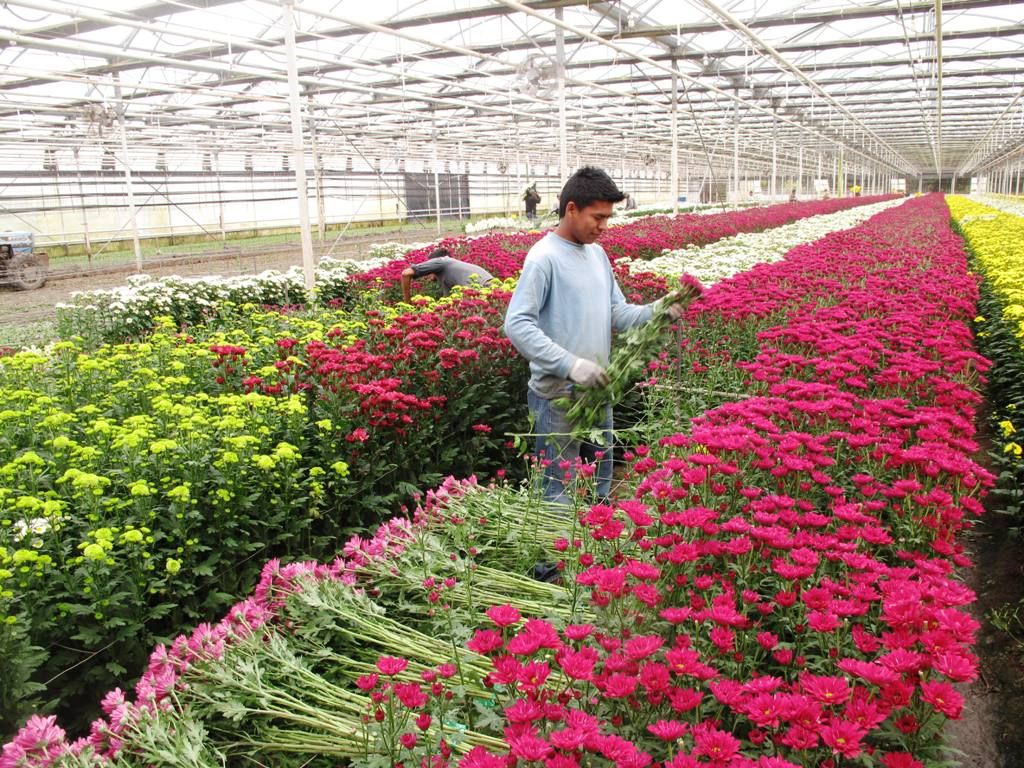
History and Origin of flower farming
Flower farming, or flower farming, has been practiced for thousands of years by cultures around the world. However, it wasn’t until the 18th century that commercial flower farming began emerging in Europe. Wealthy European aristocrats started cultivating exotic blooms in orangeries and greenhouses. Dutch growers became pioneers in manipulating growing conditions to produce blossoms out of season. They developed new techniques like diverting rivers to heat greenhouse water for radiant floor warming. This helped drive year-round flower production and export to other European countries.
Meanwhile in North America, flower farming was starting to take hold in the 19th century. Early American plant breeders focused on developing new varieties of plants that were better suited for the local climate and soil conditions. This expanded the types of Floriculture that could be grown commercially. During the Victorian era, cut flower farming boomed with the rise of the floral trade. Developments in refrigeration and transportation made it possible to ship blooms long distances. Specific flower growing regions emerged, like the cut rose industry in Portland, Oregon.
Types of Flowers Grown Commercially
Today, a wide array of flowers are cultivated globally for commercial sale. Popular blooms include:
– Roses: As the most iconic flower, roses generate big business. Popular varieties include Hybrid Tea, Grandiflora, and Floribunda roses.
– Chrysanthemums: Versatile mums come in many sizes, shapes and colors. They are frequently used for decoration during fall holidays.
– Tulips: Iconic Dutch tulip industry still thrives today thanks to specialized greenhouse production. Colorful tulip fields also draw tourists.
– Lilies: Several different lily varieties are grown including Asiatic lilies and Easter lilies. Their lush blooms are prized for floral arrangements.
– Gerbera daisies: Vibrant Gerbera daisies are grown year-round in hothouses due to their tropical origins. They ship well for cut flowers.
– Carnations: Low-maintenance carnations come in a spectrum of hues. The flower’s sweet fragrance makes it universally popular.
– Alstroemeria: Exotic Peruvian lilies, also called Inca lilies, offer unique color combinations in ruffled blooms.
Floriculture Growing Methods and Technologies
Specialized greenhouse structures allow commercial growers to manipulate the growing environment and produce different flowers throughout the calendar year. Greenhouse types include:
– Hoop houses: Inexpensive semi-hardened structures with a polyethylene or polycarbonate roof but open sides. Provide frost protection.
– Quonset greenhouses: Dome-shaped structures made of rigid or tubular metal frame covered with transparent material. Control temperature, light exposure.
– Venlo-style greenhouses: Large-scale glass or polycarbonate-paneled greenhouses typically equipped with computer-controlled heating, cooling, and ventilation systems. Optimal for intensive production.
Advanced growing technologies are also implemented:
– Hydroponics/aquaponics systems grow flower crops without soil by circulating nutrient-rich water to plant roots.
– Artificial lighting enables production scheduling by supplementing or replacing natural sunlight during winter months or night.
– Climate control computers precisely monitor/adjust parameters like temperature, carbon dioxide, humidity, and fertilizer/water levels delivered via misters.
– Tissue culture propagation rapidly multiplies clean stock plant material in sterile labs before transferring to soil.
Wholesale Flower Marketing Strategies
Wholesale Floriculture industry their blooms to retailers through several channels:
– Auction houses – Coops allow growers to pool produce for bidding sessions connecting global buyers/sellers online in real-time. Automated climate-controlled storage maintains quality until delivery.
– Brokers – Independent brokers travel tradeshows negotiating deals between growers/buyers. They handle international logistics of transporting live plants by sea freight in temperature-controlled containers.
– Wires services – Wire services deliver arranged bouquets, plants or greenery nationwide within 24-48 hours of an online or phone order placement. Growers maintain supply agreements.
– Chain stores – Large national retailers purchase directly from growing operations under exclusive contracts. Shipments arrive already sorted/packed for individual store shelves.
By specializing production and leveraging innovative marketing approaches, flower farming continues thriving as a global billion-dollar agricultural sector. Advances in climate control and transportation logistics further support year-round enjoyment of fresh cut flowers worldwide.
Get More Insights On Floriculture